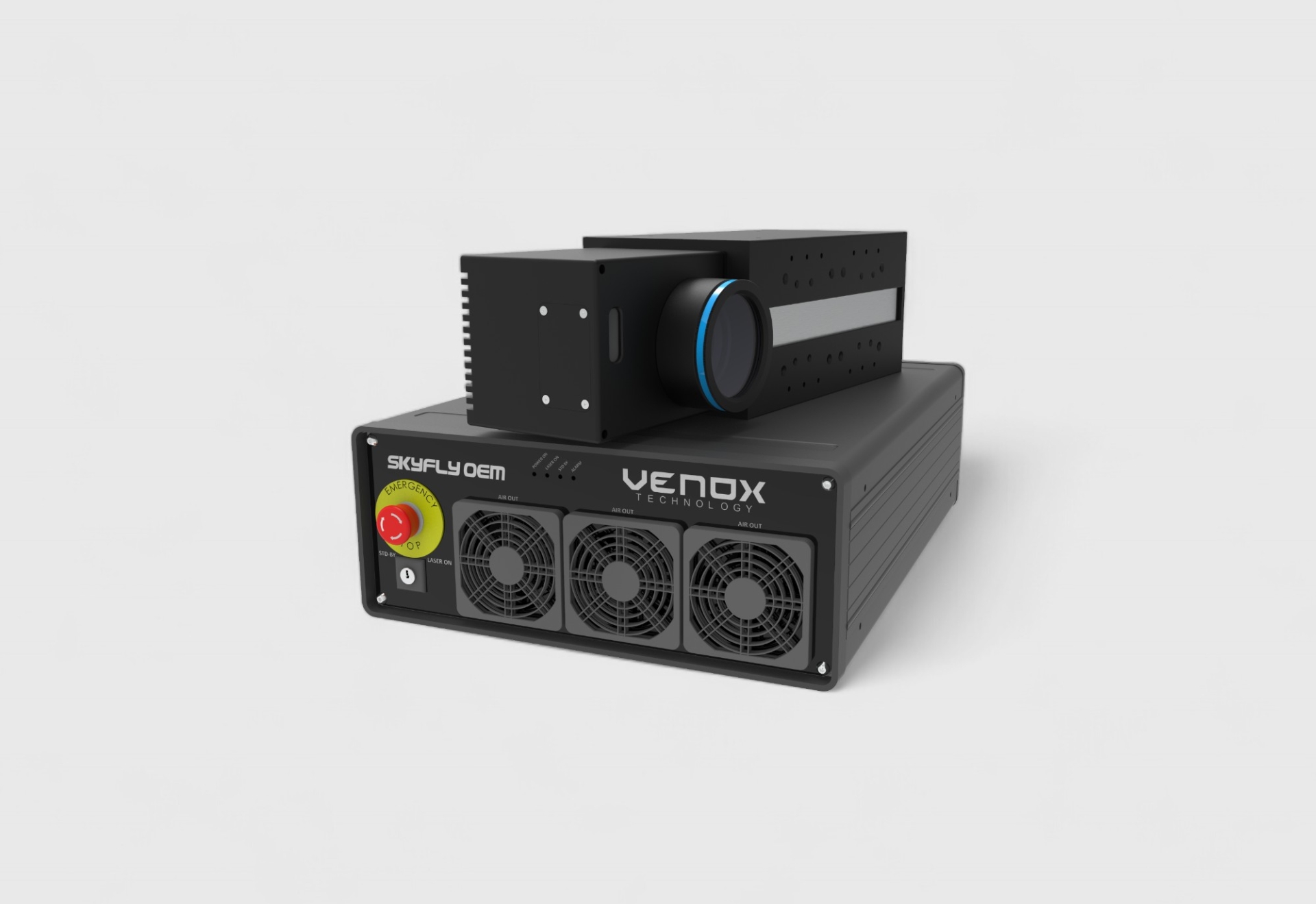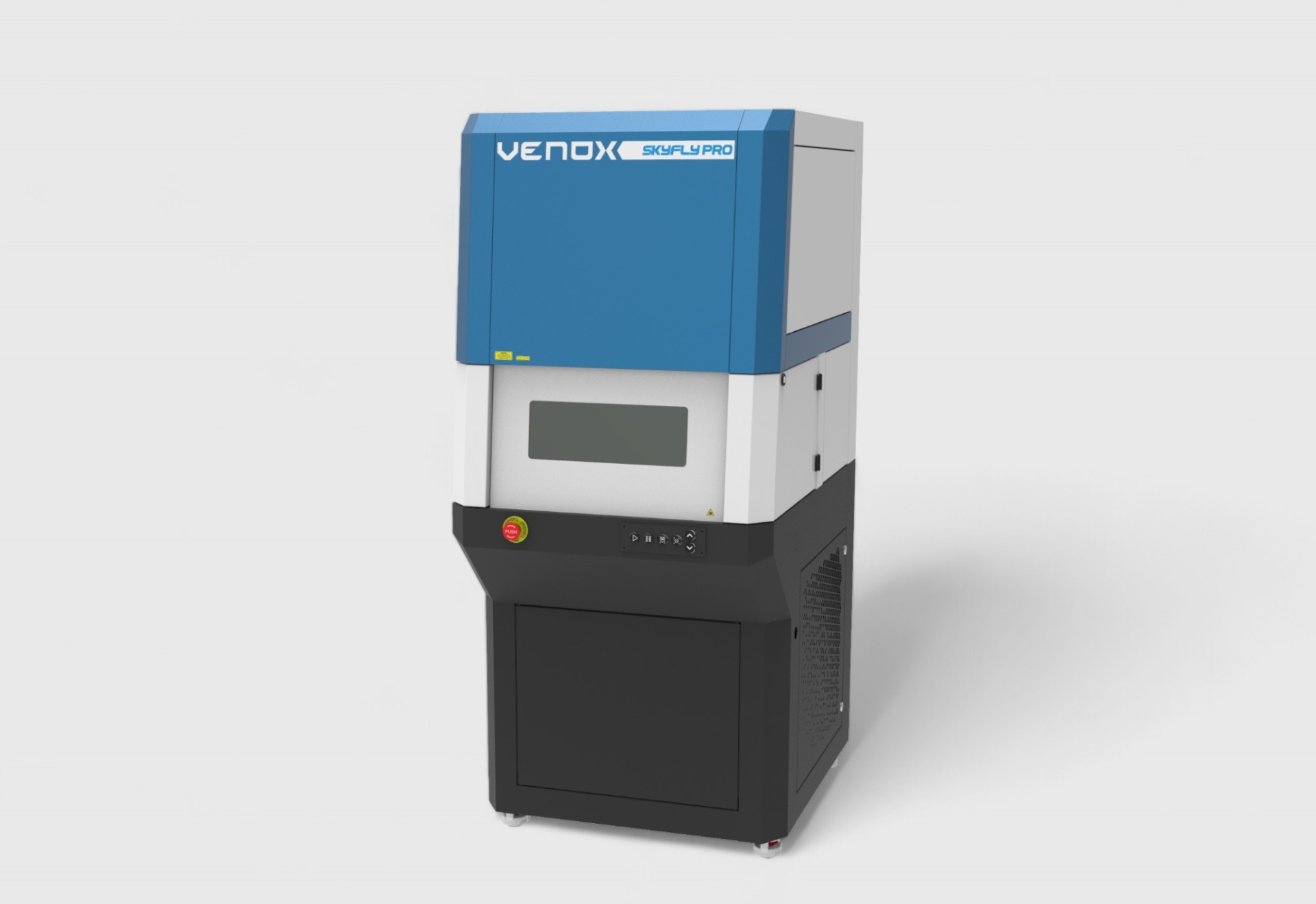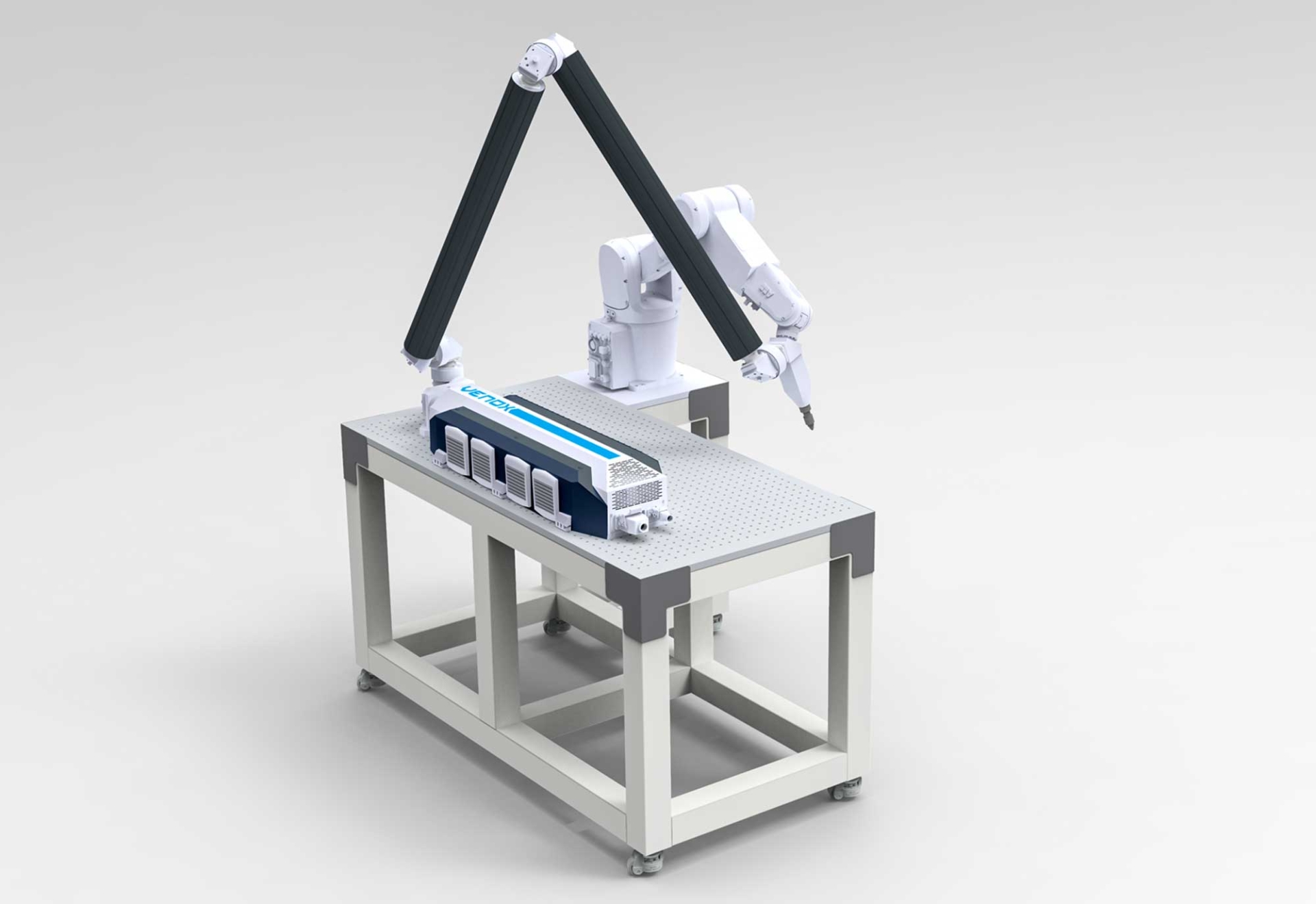Differences Between Laser Marking and Laser Cutting: Which Process Is More Suitable for Which Product?
Today, laser technology has become the standard for processing metal, plastic, wood and many other materials. However, there are two concepts that manufacturers most often confuse: laser marking and laser cutting. Although these two processes use the same technology, they are quite different in terms of purpose, result and application. In this article, we will examine step by step the key differences between laser marking and laser cutting, their advantages, and which process is more suitable for which product.
What Are Laser Marking and Laser Cutting?
Understanding laser-based production processes correctly is critically important when making machine investments and creating a production plan. First, it is necessary to clearly define what laser marking and laser cutting processes are.
What Is Laser Marking?
Laser marking is a non-contact technology used to apply permanent information, codes, logos or graphics to the surface of a part. On the surface of the material, the laser beam can create effects such as:
- Color change
- Oxidation (black marking)
- Slight bulging or indentation on the surface
- Fine engraving
leaving a trace in this way. The purpose is not to cut the material, but to create a readable and long-lasting mark on it. For this reason, laser marking is mostly used for traceability, serial numbers, barcode/QR codes, logos and brand identity.
What Is Laser Cutting?
Laser cutting is the process in which a high-power laser beam is used to cut or shape the material completely. The laser beam:
- Melts the material
- Burns it
- Vaporizes it
allowing the material to be separated along a specific path. Here, the goal is to create a contour, shape the part or obtain the final geometry of the product to be manufactured. In other words, laser cutting is focused on geometric shaping and part production.
Common Ground: Same Technology, Different Purpose
Both laser marking and laser cutting:
- Use a high-density laser beam
- Are non-contact production methods
- Can be controlled via NC/CNC or automation
- Produce repeatable and precise results
However, the process parameters (power, speed, focus, frequency) and optical systems used are configured completely differently depending on the purpose of the application.
Which Process Is More Suitable for Which Product?
Should you choose laser marking or laser cutting? The answer to this question depends on the function of the product you want to manufacture, your material and your sector-specific requirements. Below you can find usage scenarios and the points to consider when deciding.
Products Requiring Traceability and Coding
If the product needs to carry:
- Serial number
- Batch or lot information
- Barcode or QR code
- CE mark, logo, model name
then the correct process is laser marking. Especially for:
- Automotive parts
- Medical devices and implants
- Electronic components (PCB, connectors, sensors)
- Personal products such as jewelry and watches
laser marking supports both legal requirements and brand identity.
Jobs Requiring Geometric Production and Part Shaping
If your product:
- Is produced by cutting it from a sheet or plate
- Will be shaped by its outer contour
- Is a box, panel, decorative form or mechanical part
then laser cutting is the right process. It is especially used for:
- Sheet metal part production
- Furniture and decorative panels
- Plexiglass, MDF, wooden products
- Machine housings and industrial enclosures
Laser cutting is the act of producing the part itself; marking is the stage of giving that part an identity.
Choice According to Material Type
Both laser marking and laser cutting can be used on many different materials; however, the way they are used changes:
- Metal: Laser marking is used for traceability, while laser cutting is used for part production.
- Plastic: On the marking side, low power is used for color change or light engraving, whereas cutting requires higher power and a suitable wavelength.
- Wood and MDF: They are widely used for cutting and decorative work; marking is preferred for patterns and logos.
- Glass: Cutting is limited, while logos and patterns can be processed by marking.
Production Speed and Quantity Requirements
If:
- Each part needs to be marked with a unique code
- Thousands of parts are being marked daily
laser marking is the ideal solution with its high speed and compatibility with automation. On the laser cutting side, production speed depends on:
- Material thickness
- Laser power
- Complexity of the contour to be cut
For very complex and long contours, cutting time increases.
From a Cost and Investment Perspective
Laser marking machines, especially fiber laser systems, offer:
- Low consumable costs
- Long-life laser sources
- A design with low maintenance needs
Laser cutting machines, on the other hand, come with:
- Higher initial investment cost
- Need for a larger installation area
- Often the requirement for assist gases (oxygen, nitrogen, etc.)
Therefore:
- Businesses that only need product identification and traceability → Laser marking
- Sheet-metal processing, furniture and decorative sectors that want to carry out part production in-house → Laser cutting
should invest accordingly.
Using Both Processes Together in the Same Plant
In many modern production lines, laser cutting and laser marking are used together. For example:
- First, sheet parts are produced with laser cutting
- Then, part numbers, logos and traceability information are applied with laser marking
This combination brings both mechanical production and digital traceability under the same roof and provides a significant competitive advantage for the business.
Conclusion: Which Process Is More Suitable for You?
In summary:
- Ürününüzü geometrik olarak üretmek istiyorsanız → laser cutting
- Ürününüzü if you want to identify it → laser marking
is the right choice for you. In many cases, using these two technologies together is the key to building a production infrastructure that is both flexible and future-oriented.







